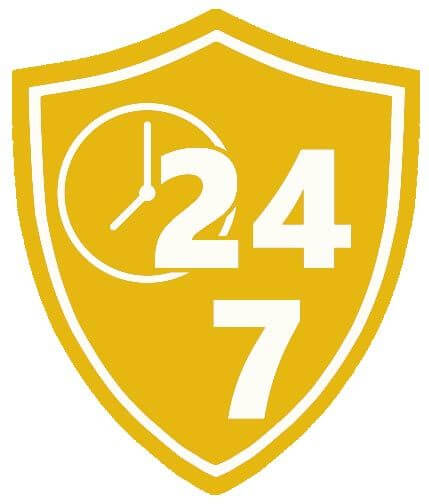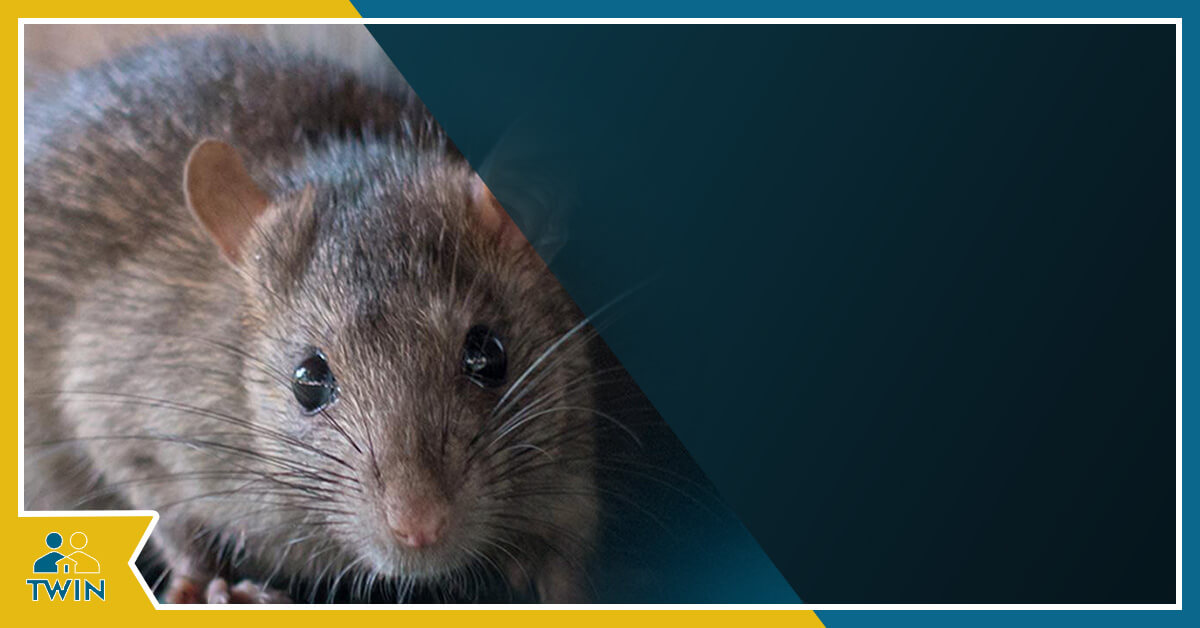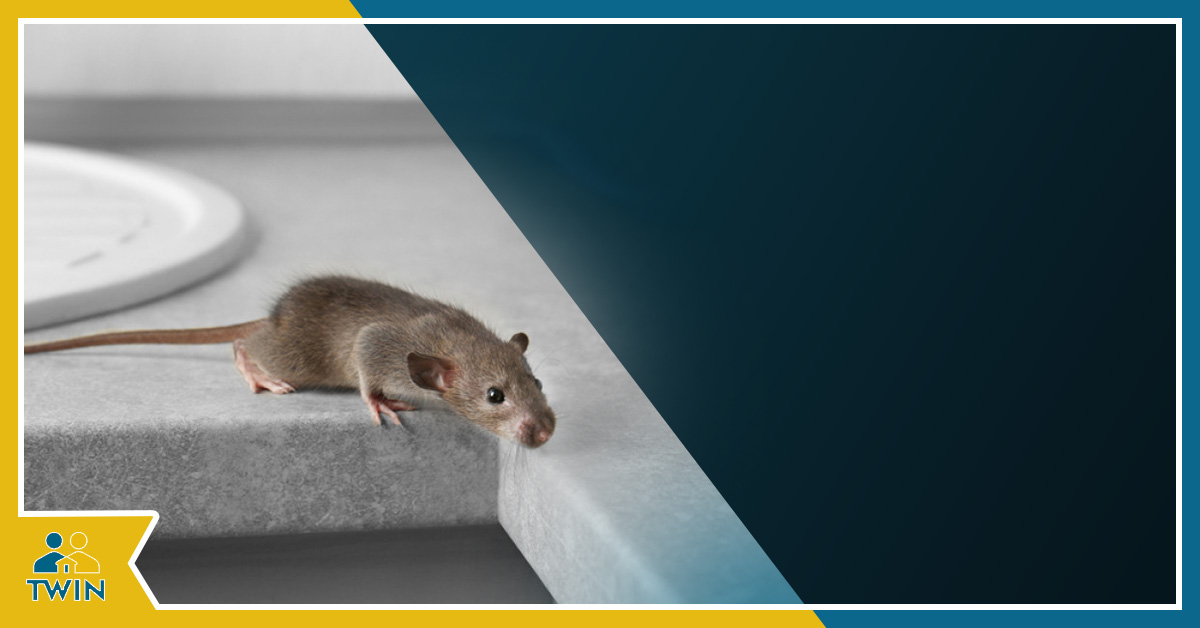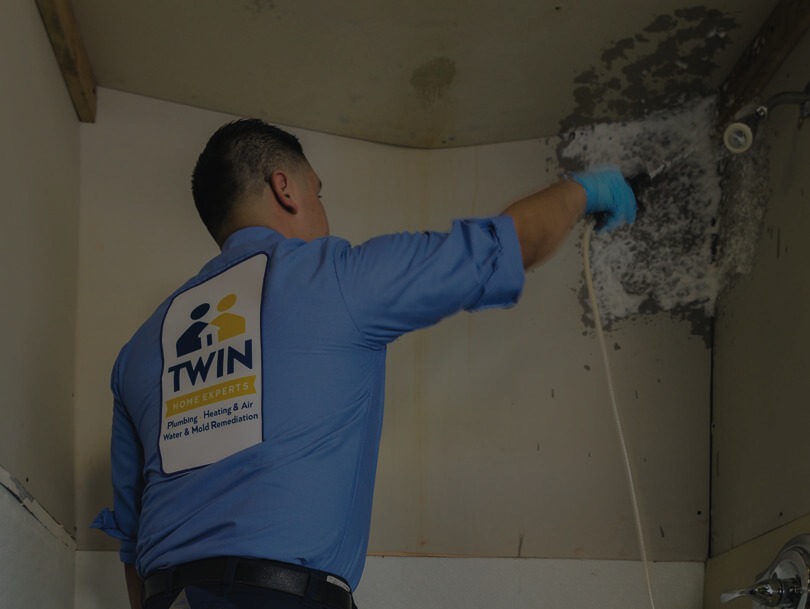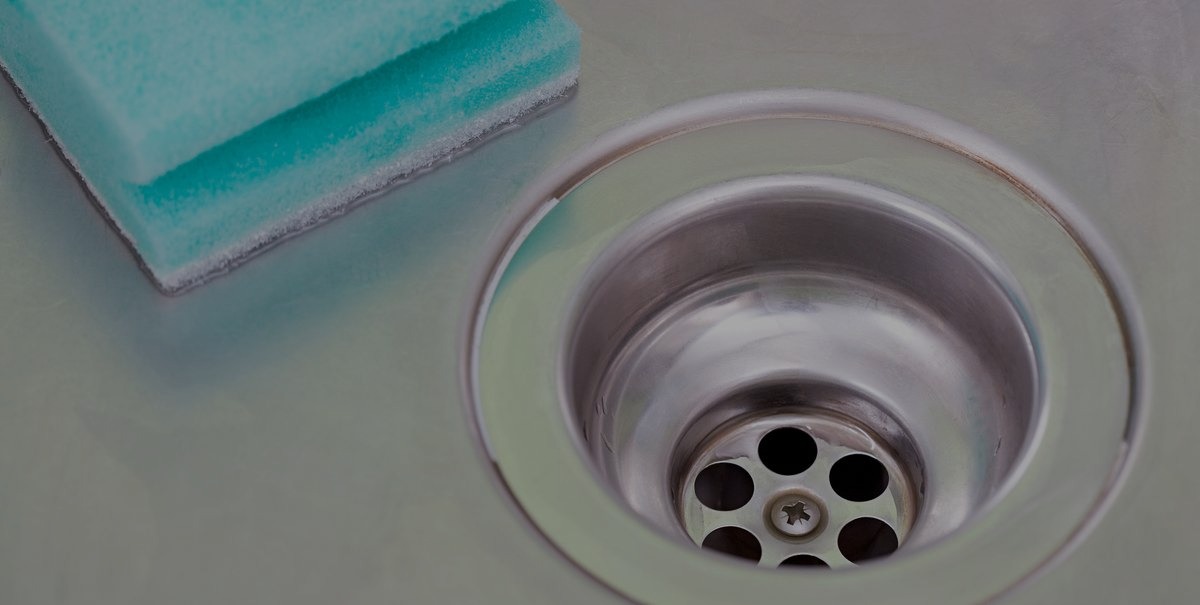Right now, Los Angeles is smack in the middle of its rainy season — which means more homeowners are going to start noticing extensive mold growth happening in their homes. Moisture and humidity mean perfect conditions for mold, so you might start to discover it growing in corners, in your basement, on your windowsills, and […] The post How Can I Find Out if I Have Mold in My Walls? appeared first on Twin Home Experts.
Right now, Los Angeles is smack in the middle of its rainy season — which means more homeowners are going to start noticing extensive mold growth happening in their homes. Moisture and humidity mean perfect conditions for mold, so you might start to discover it growing in corners, in your basement, on your windowsills, and other crevices that might collect water and condensation. Mold remediation is a call that the Twin Plumbers frequently get from
But the worst place to have mold is in your walls. Even though you aren’t able to see it, mold growth in your walls means that your interior air quality could suffer, and it can even become dangerous: certain types of mold are toxic, meaning that they can have a severe effect on your mental and physical health. If mold growth inside of your walls becomes too extensive, it may require a professionals to open up the wall and perform a cleaning.
Luckily, there are some ways to tell if you have a mold problem before the issue becomes to overgrown. If you notice any of the following signs of mold growth, even if you don’t see the actual mold, contact a mold remediation specialist today!
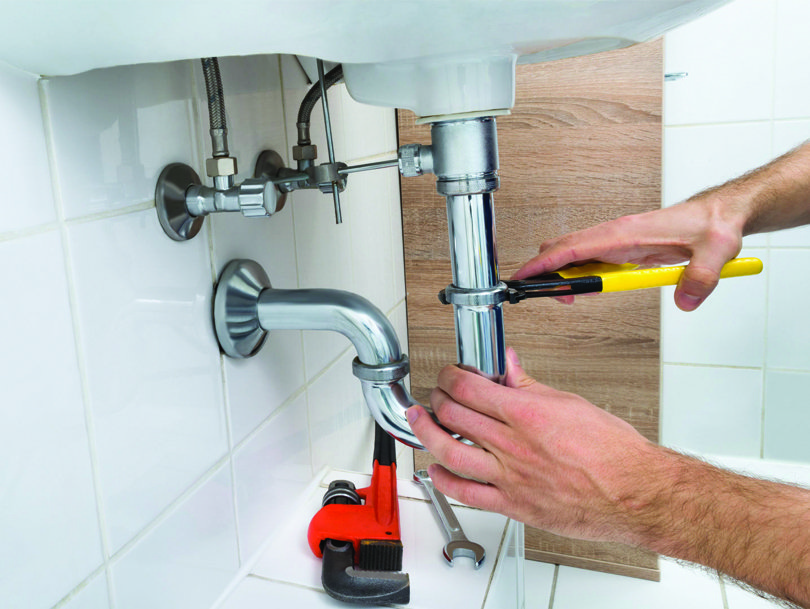
The P Trap is that curved pipe below your kitchen sink.
3. Starches : Items like pastas, rice, and flour tend to bind together in your pipes.
4. Peels : Vegetable peels, like tea leaves, frequently pass through the garbage disposal without being fully chopped up. They wind up in the P Trap or further in the pipe.
Is your home new? Do you not have a garbage disposal yet? If this is the case, watch the video below, courtesy of the Twin Plumbers: it will help you choose the product that’s right for your home.
5 Signs You Have Mold in Your Walls
- Mold Odors in Home – The most obvious signs of mold growth in your walls are those bad odors that seem to linger in your living spaces. Mold has a very distinct, musty smell that homeowners will find very unpleasant!
- Recent Flooding – If your home was flooded in a recent downpour or from an internal problem like a burst pipe, then you could be at high risk of having a mold issue.
- Allergic Reactions – One of the most irritating symptom of mold growth inside of your walls are inflamed allergies. If you or someone in your family is having frequent allergic reactions out of season, it could be due to mold hidden in your walls. Sometimes, neurological symptoms are the result of mold growth in the home as well! If you experience a shortened attention span or dizziness, check your walls for mold and get remediation.
- Condensation – Seeing moisture and wetness on your surfaces could mean you have a mold issue. Do your windows seem to fog up repeatedly? Are you pipes damp to the touch, or visibly rusted? Mold could be growing where the condensation collects.
- Visible Microbial Growth – Having mold or slight microbial growth at the base of your walls might be a sign that you’ve got a more extensive issue on the interiors. In other words, having mold on your moldings might mean more mold and moisture may be inside…Whew!
Here’s a brief video we made of our initial mold inspection process:
As you can see, we use the moisture meter to detect where in the walls the problem is. From there, we can perform a thorough remediation. We’ll talk about mold remediation options in our next blog! As always, thanks for reading.
The post How Can I Find Out if I Have Mold in My Walls? appeared first on Twin Home Experts.
